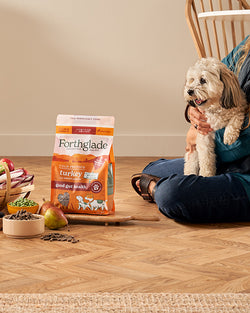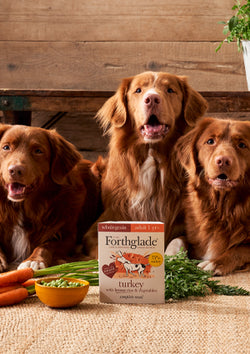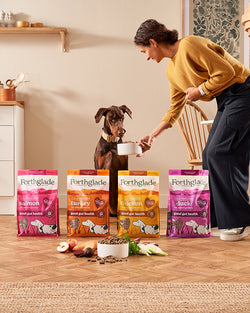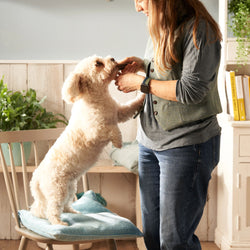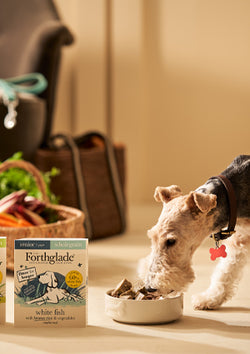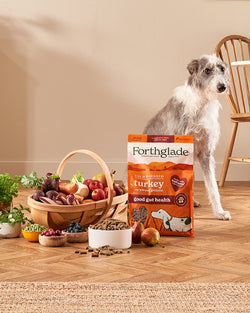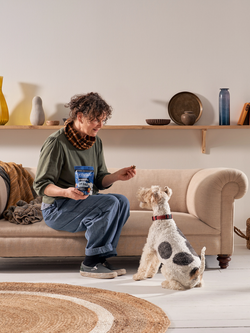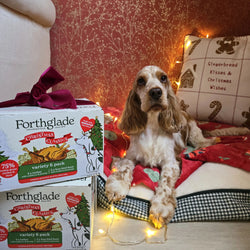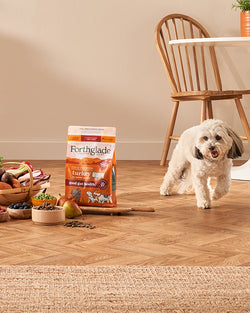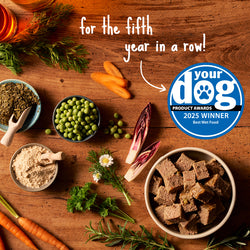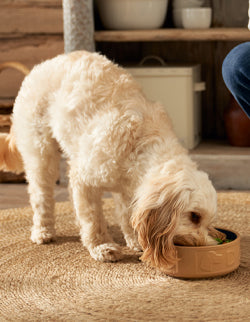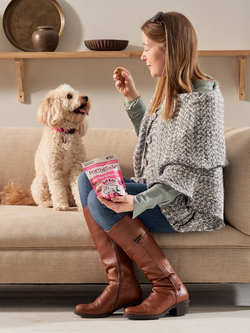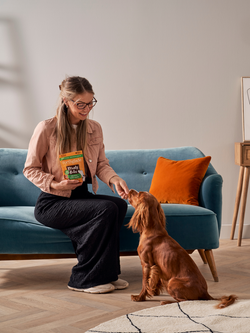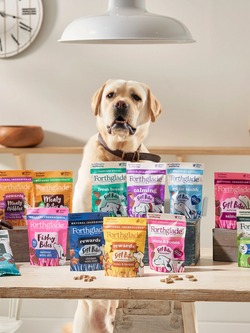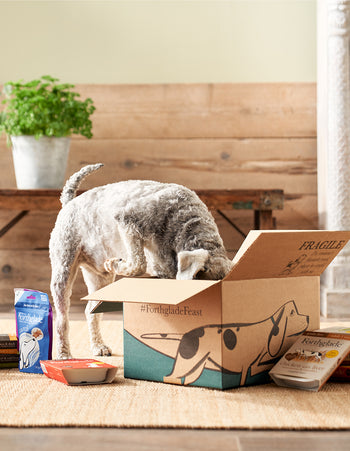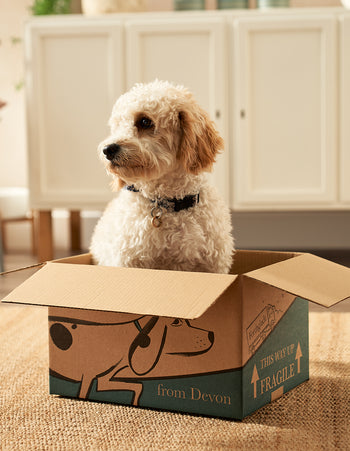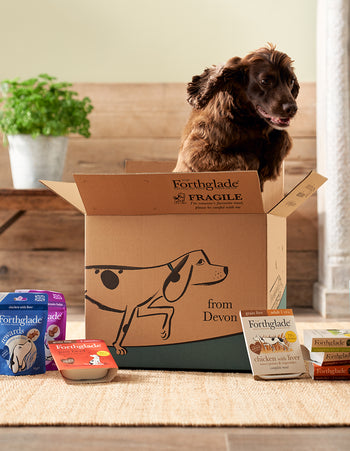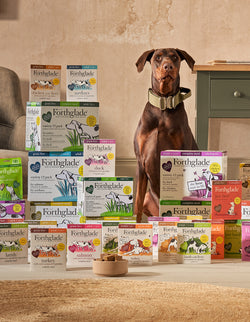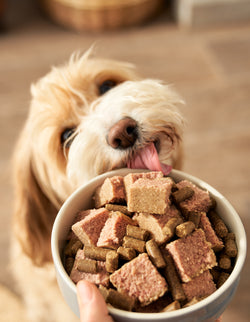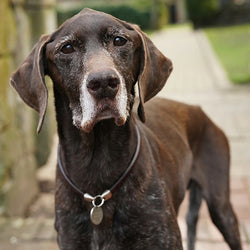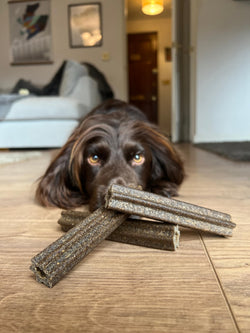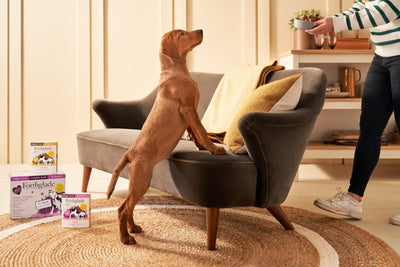Written by: Caroline Wilkinson, ICAN Certified Animal Behaviourist
While the excitement of your new dog’s arrival is growing, it’s important to put that energy into some key preparation before they join your home. Many rescue dogs have had a stressful time - either moving between foster homes or experiencing kennel life. With that in mind, we want to make sure that the first week or two in your home is relaxing for them

Preparing for your new 4-legged family members’ arrival.
- First things first, let’s think about the environment they’ll be living in. Setting up 2 or 3 comfy sleeping spots in different areas of your home will provide them with choice. Not every dog will want lots of interaction in the first few days, so allowing them to choose to hang out in a room with you - or to seek a calm space - will help them feel more at ease. If you have young children, it might be worth getting them to make a “do not disturb” sign that can be hung up when the dog needs some space.
- It’s also important to make sure that anything that’s potentially dangerous for them to chew - or might be of value to you - is tucked away. Tape down cables and hide away expensive items. Make sure kitchen sides are clear of food so there’s no temptation to counter surf. While your new dog will most likely be very well behaved, it’s always worth preparing for the worst. Some dogs will have an adjustment period as they transition to your home which might see them chewing or digging in the early days, but this will most likely calm down as they relax and learn to trust you.
- Prepare lots of food-filled toys / chews and have small chopped up pieces of treats in pots around your home. Chews and food toys (such as kongs, lickimats, and snufflemats) will give your new dog the opportunity to engage in calming (but energy-expelling) activities while you give them a few days off from walks. Being prepped with treats around the house allows you to reward behaviours you like from day one - such as them sitting to greet you or going to settle on a bed.
- In the first couple of weeks, it’s important to keep things as calm as possible. This means no walks - or very short on-lead walks in calm spaces - and limiting new experiences. While family and friends might be desperate to meet your new family member, we want to give them time to bond with you first and feel safe that you’ll provide them with the support they need. Slowly, over many weeks, you can start to grow their social circle when they’re ready for it.

Building your bond together
Once your dog is settled into their new routine and environment, we can start to increase our engagement with them. This is where the fun part really begins!
Some dogs will seek out affection from the day they join your family. Others will take more time to develop trust and may appear aloof in the early days. Don’t ever force your dog into having cuddles if they don’t enjoy it. The 3 second rule is a great one to adopt - stroke your dog calmly along their side or chest (avoid the head area) for 3 seconds, then remove your hand. If your dog moves in for more cuddles, you can continue and enjoy the oxytocin (“love” hormone) boost stroking your dog provides. If they choose to move away or have a little shake, then it’s best to leave them alone at this time.
Being able to transport your dog in a car not only helps with the practicalities of vet or groomer visits, it also opens you up to a world of new walking adventures. If your dog has been a little wary of the car or hasn’t spent much time in it - start with playing games around the car! Throw treats into the back seat for them to sniff, pop them in a crate in the boot to have a chew, or feed their entire meal there. Slowly start to take short (approx. 5 minutes) journeys that end in a fun walk so you’re building up a positive association with car travel.
Find out if you have a local force-free trainer in your area - or one you can engage with online - to inspire your training sessions together. Training your dog not only helps them be a better canine member of society, it builds your bond! Working on focus and a strong recall should be your priority, alongside being able to ask your dog to leave - or drop - items for you. But tricks can be fun to work on, especially for any younger members of your family.
Although we want to limit walks and the environments we expose our new dog to in the beginning, as they relax and grow in confidence your walks can also start to offer more novelty. Walks are a great way for you both to get exercise, and they provide an opportunity to bond further through the experiences you share.

Not sure to start with feeding your new addition?
These ‘top tips’ will help settle in your new family member and start to gently build that special bond between you. When it comes to feeding, it can be tricky at first to get their meal portions just right, our ‘Find my Food’ questionnaire will give you a tailored starting point to work from to help find their perfect portion size!
If you’re new to Forthglade and would like to trial the benefits of a natural diet, our ‘Taster Packs’ and treat bundles are a great place to start…


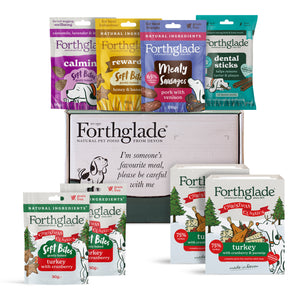
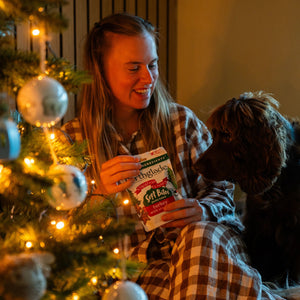

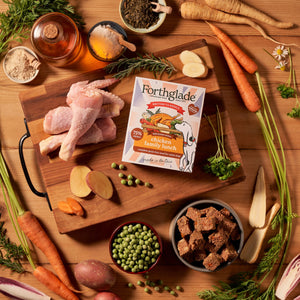
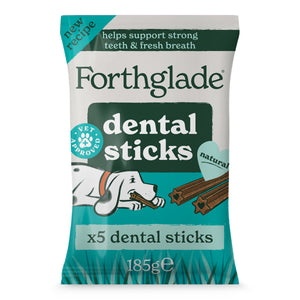
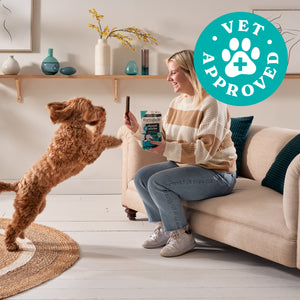
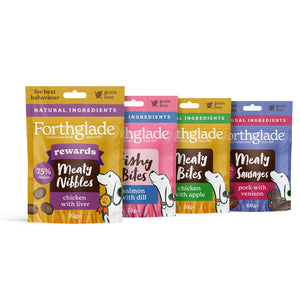
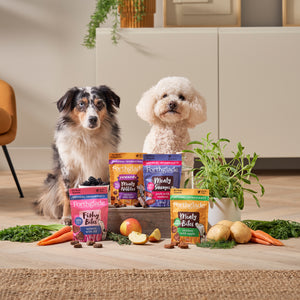


 Over 12,000 5* Reviews
Over 12,000 5* Reviews
 Subscribe & Save At Least 10% Off Every Order!
Subscribe & Save At Least 10% Off Every Order!



